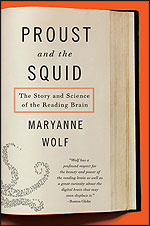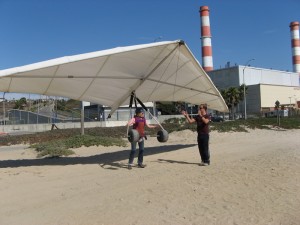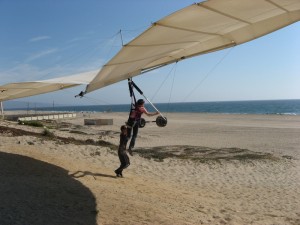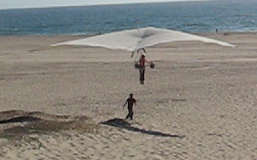Are we losing our ability to deep-read?
September 29th, 2012 at 11:07 pm (Books, Psychology)
Woe, Twitter, IM-speak, dumbing down of young brains.
 You’ve heard it before, but you probably haven’t heard it like this. Dr. Maryanne Wolf writes about what we’ve learned about the neurobiology of reading, what the brain is doing during the process of learning to read and the act of reading itself. In Our ‘Deep Reading’ Brain: Its Digital Evolution Poses Questions, she shares her worries about how today’s digital push for faster, skimmier reading encourages us to disable our ability to read deeply, reflect, and go beyond what’s in the text.
You’ve heard it before, but you probably haven’t heard it like this. Dr. Maryanne Wolf writes about what we’ve learned about the neurobiology of reading, what the brain is doing during the process of learning to read and the act of reading itself. In Our ‘Deep Reading’ Brain: Its Digital Evolution Poses Questions, she shares her worries about how today’s digital push for faster, skimmier reading encourages us to disable our ability to read deeply, reflect, and go beyond what’s in the text.
“We need to understand the value of what we may be losing when we skim text so rapidly that we skip the precious milliseconds of deep reading processes. For it is within these moments—and these processes in our brains—that we might reach our own important insights and breakthroughs.”
We all do this. I bet you skimmed part of this article, which is itself a condensation of her article (which I encourage you to read in full!). But hey, after two or three paragraphs, we’re getting it, we’re agreeing, we want to move on, encounter something new! Right?
“We need to find the ability to pause and pull back from what seems to be developing into an incessant need to fill every millisecond with new information.”
Amen to that. Smartphones are the killer information device. I never need fear downtime or long waits at the doctor’s office again. I have Slashdot and blogs and Kindle books galore. But now I find in any waiting time, no matter how short, I itch to pull out my phone. Unlock the thing and snack at the information buffet, cruising through Slashdot blurbs in search of the one or two items about which I actually want to read more details. What am I doing?!
Asked whether Internet reading might aid speed reading, Dr. Wolf replied, “Yes, but speed and its counterpart—assumed efficiency—are not always desirable for deep thought.”
I think that is one of the reasons I continue to post to this blog. There is a part of me that believes that being forced to slow down and write about what I’ve encountered (often, by reading) will help me to think a bit deeper on what it all means.
What do you think? Did you read this far?
 Bored? Sleepy? Lack of oxygen? Who knows?
Bored? Sleepy? Lack of oxygen? Who knows? I read Douglas Rushkoff’s book,
I read Douglas Rushkoff’s book, 

